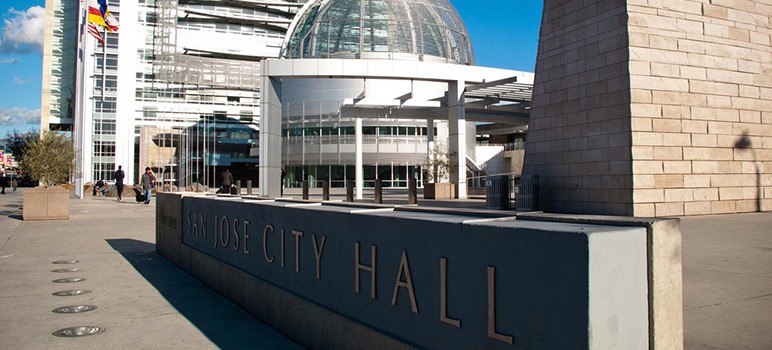A new study found that a quarter of the region’s workforce would see a 20-percent pay bump if Santa Clara County upped the minimum hourly wage to $15 by 2019.
San Jose leaders discussed the report by UC Berkeley’s Institute for Research on Labor and Employment earlier this week. The City Council commissioned the research for $100,000 last year to find out how the wage hike would impact San Jose and, if the county buys in to the plan, the region as a whole.
Proponents urged City Hall to raise the local minimum to $15 in the next few years, ahead of a statewide increase. Gov. Jerry Brown recently signed a bill incrementally raising California’s minimum wage to $15 by 2022. But backers of a local increase don’t want the statewide increase to derail the local effort to up wages.
San Jose set a trend when it raised its minimum wage to $10—$2 above the state threshold—in 2012. Other cities have since surpassed that mark, which built the momentum for the statewide bill to pass this year. This past year, both Sunnyvale and Mountain View set a path to $15 minimums by 2018.
Mayor Sam Liccardo, who opposed the wage hike in 2012, supports the $15 minimum if it’s phased in and adopted across the entire region. He also wanted to study whether their should be exemptions to a wage increase, to consider whether it should exclude former inmates, foster kids, teens and homeless workers. Or, as community advocates put it, the people who need it the most.
Joblessness has been on a faster decline in the South Bay than statewide, but median income has followed the same trajectory.
According to the UC Berkeley report, upping the city’s $10.30 minimum wage to $15 within three years would boost pay by 18 percent for 115,000 people. If applied countywide, it would bring a 20 percent increase for 250,000 workers.
The report includes a survey in which 76 percent of 500 local employers agreed that a wage increase makes sense because of the region’s high cost of living.
Other businesses say that upping the wage floor will hurt companies and could ultimately lead to job losses. Indeed, the study found that San Jose stands to lose more than 1,000 jobs by 2019 if it adopts the plan. Some of that may be offset by job gains and higher incomes in the region as a whole.
The San Jose Silicon Valley Chamber of Commerce has staunchly opposed any and all increases, from the one in 2012, to the one this year by the state and the proposed regional increase.
The same study estimates that average prices will tick up by 3 percent over the next few years, or 2 percent countywide. Payroll would bump up a percent in the city and 1.2 percent in the region.
San Jose will try to win support from other cities in the county before deciding how to pursue a regional wage increase.
This story has been updated.


Paying UC Berkeley to conduct a study on the effects of minimum wage is like asking Sean Pean about the effects of Chavismo in Venezuela.
Here’s the result of my “study” and I won’t charge a dime.
A hypothetical mom & pop shop on East Santa Clara Ave. that can afford to pay four workers $10.00 an hour can’t afford them all at $15.00 an hour. Somebody has to go. So, three are marginally helped and the fourth is simply without a job. There, happy now?
“The real minimum wage is zero: unemployment.” – Thomas Sowell
Actually the mom and pop probably just goes out of business or the owners put in additional 40 hours a weeks to replace the missing workers.
Let’s see 50% pay increase = 50% tax increase + 50% job loss = more automation = less taxes revenue to spend on homelessness and city infrastructure.
Hello San Detroito.
And $15 an hour is still poverty level.
City Gal:
What is the correct minimum wage?
Don’t be wishy washy. Don’t give us politician-speak. Just give us a number.